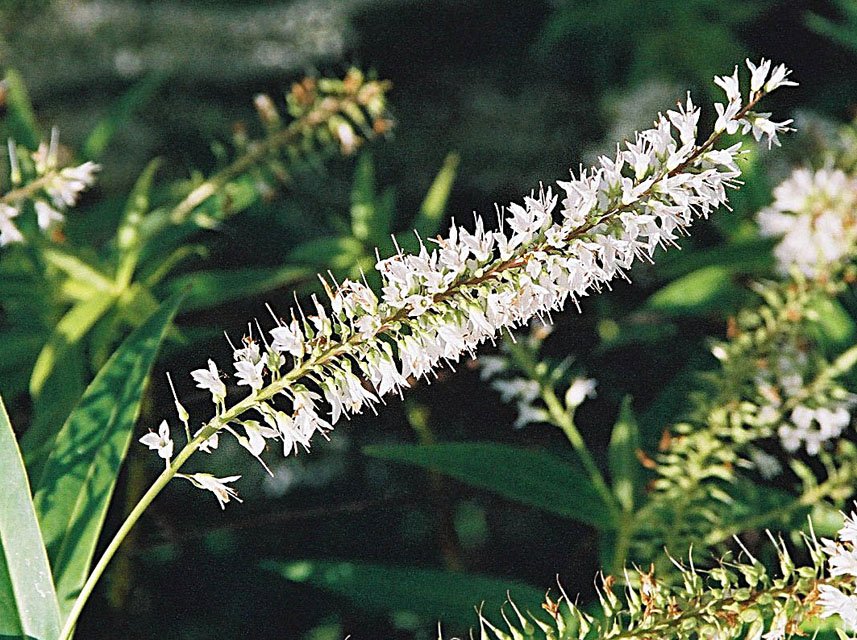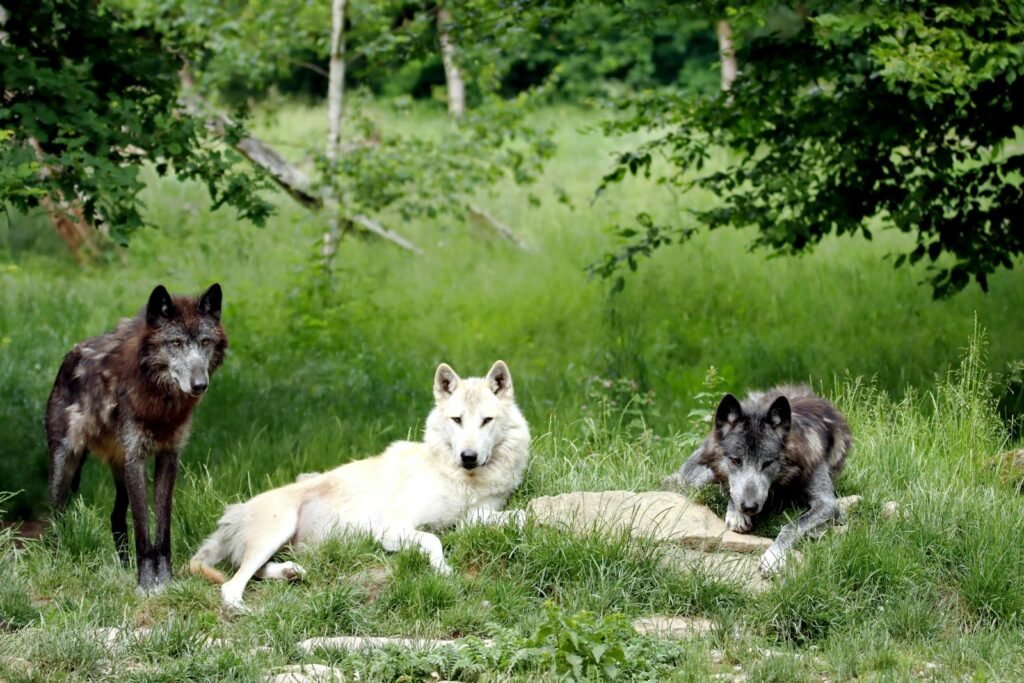Imagine stepping into a lush garden where every plant tells a story—where medicine, tradition, and nature intertwine beneath your fingertips. In Aotearoa New Zealand, the ancient wisdom of Māori rongoā (traditional medicine) is being rediscovered and celebrated through wellness gardens. These living sanctuaries, filled with powerful native plants like harakeke and kawakawa, are more than beautiful landscapes; they are living pharmacies and cultural treasures. The idea of growing your own wellness garden, rooted in Māori knowledge, is as enchanting as it is empowering—inviting us to reconnect with the land, our bodies, and a legacy of healing that has spanned centuries.
The Heart of Rongoā Māori: A Living Tradition
Rongoā Māori is much more than just herbal medicine—it is a holistic approach to health that weaves together plant remedies, spiritual well-being, and a deep respect for the whenua (land). Passed down through generations, rongoā encompasses not only the physical properties of plants, but also the rituals and values that honor the interconnectedness of all life. When you plant a Māori wellness garden, you are stepping into a tradition that honors both science and spirit, blending ancient knowledge with modern curiosity. The practice is about restoring balance, not only within the body, but also between people and the natural world.
Harakeke: The Versatile Flax of Life
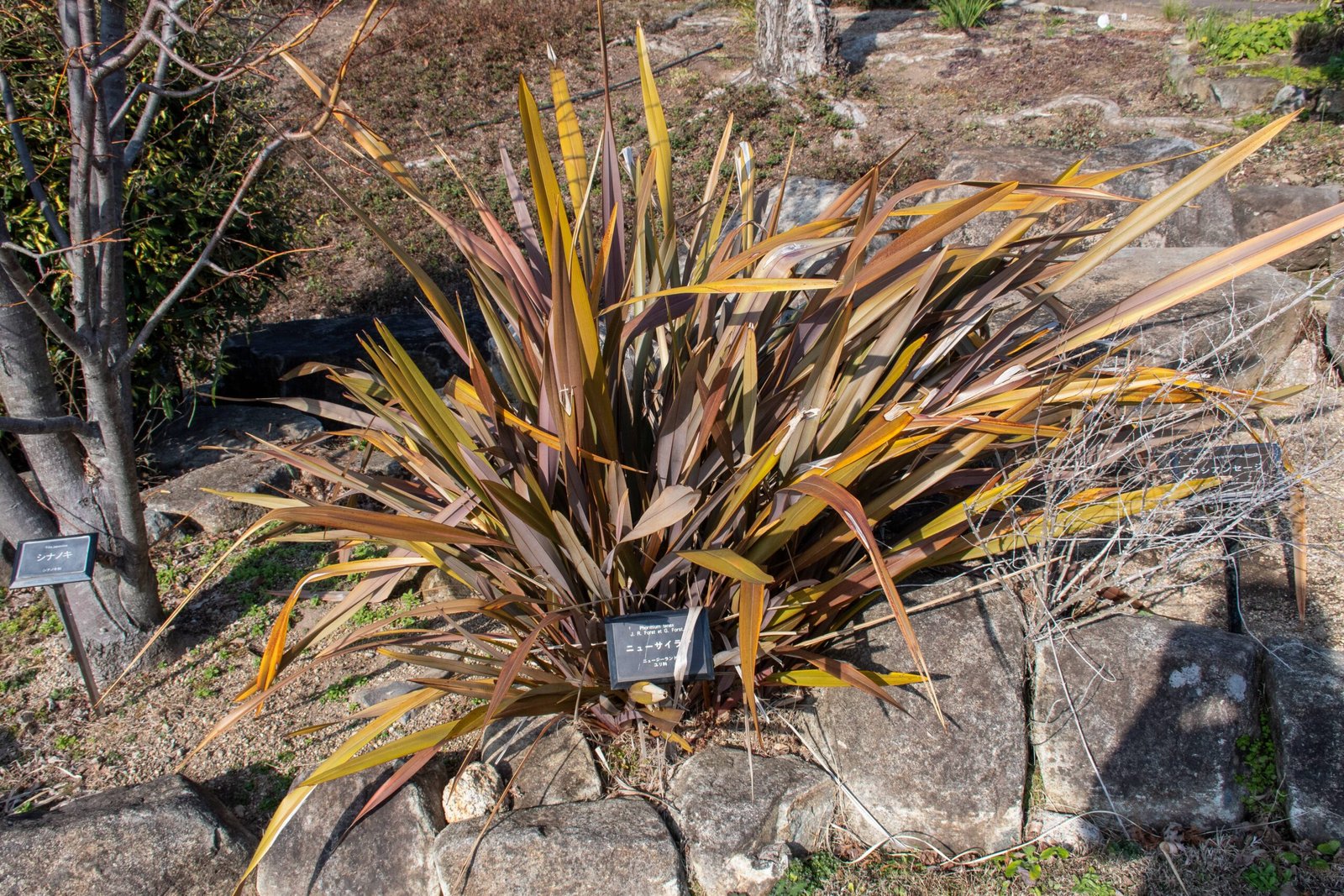
Harakeke, or New Zealand flax, is instantly recognizable by its tall, sword-like leaves and clusters of red flowers that attract native birds. But its magic goes far beyond beauty. Traditionally, Māori used harakeke for weaving, making everything from clothing to baskets. Medicinally, the gel from its leaves is applied to burns, cuts, and skin irritations—similar to how aloe vera is used around the world. The roots can also be boiled to create soothing tonics. Having harakeke in your wellness garden means you have access to a plant that heals, nourishes, and connects you to a legacy of craftsmanship and care.
Kawakawa: The Heart-Shaped Healer
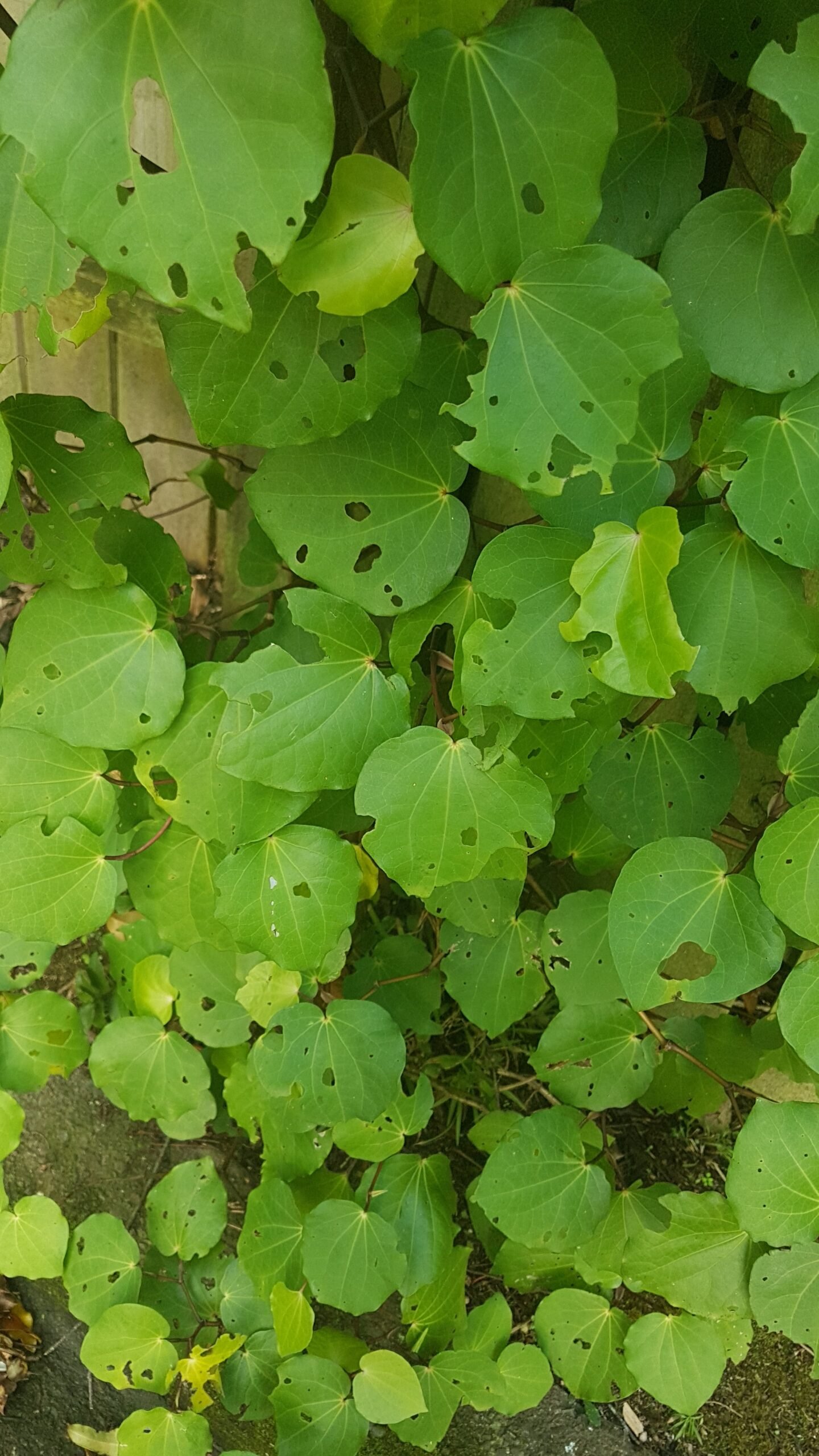
With its glossy, heart-shaped leaves and spicy aroma, kawakawa is one of the most iconic plants in Māori medicine. Used for centuries to treat everything from digestive issues to toothaches, kawakawa contains compounds with proven anti-inflammatory and analgesic properties. People often chew the leaves or brew them into tea for relief from colds and upset stomachs. In a wellness garden, kawakawa is more than just a remedy—it is a living symbol of resilience and renewal, thriving in the shade and drawing pollinators with its aromatic berries.
Koromiko: Soothing Tummy Troubles
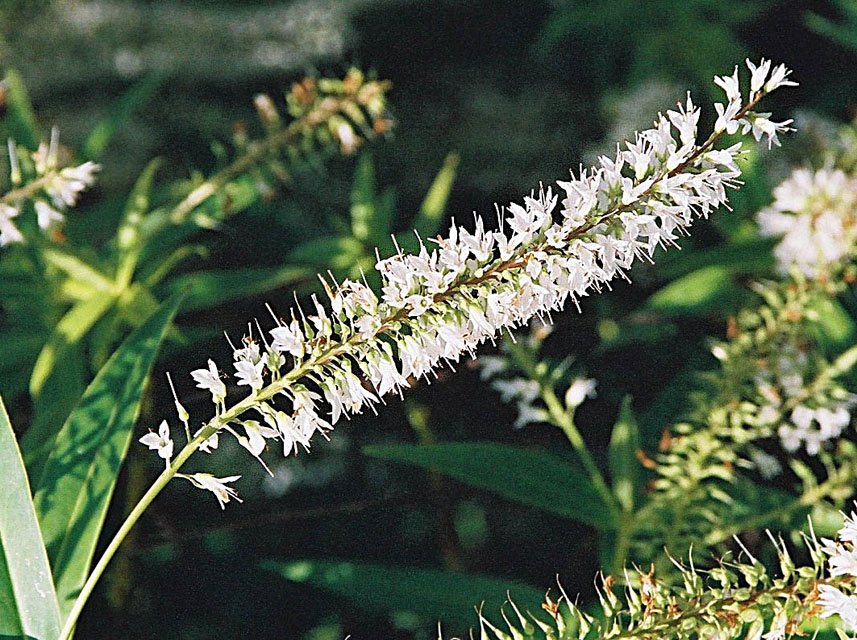
Koromiko, with its delicate white and purple flowers, is another staple in the Māori medicinal toolkit. Traditionally, leaves are chewed or steeped in water to treat diarrhea, stomach pains, and mouth ulcers. Scientific studies have confirmed the presence of bioactive compounds in koromiko that help reduce inflammation and promote digestive health. Including koromiko in a wellness garden ensures you have a gentle, natural aid for common ailments, and a reminder that simple plants can provide powerful solutions.
Manuka: The Healing Powerhouse
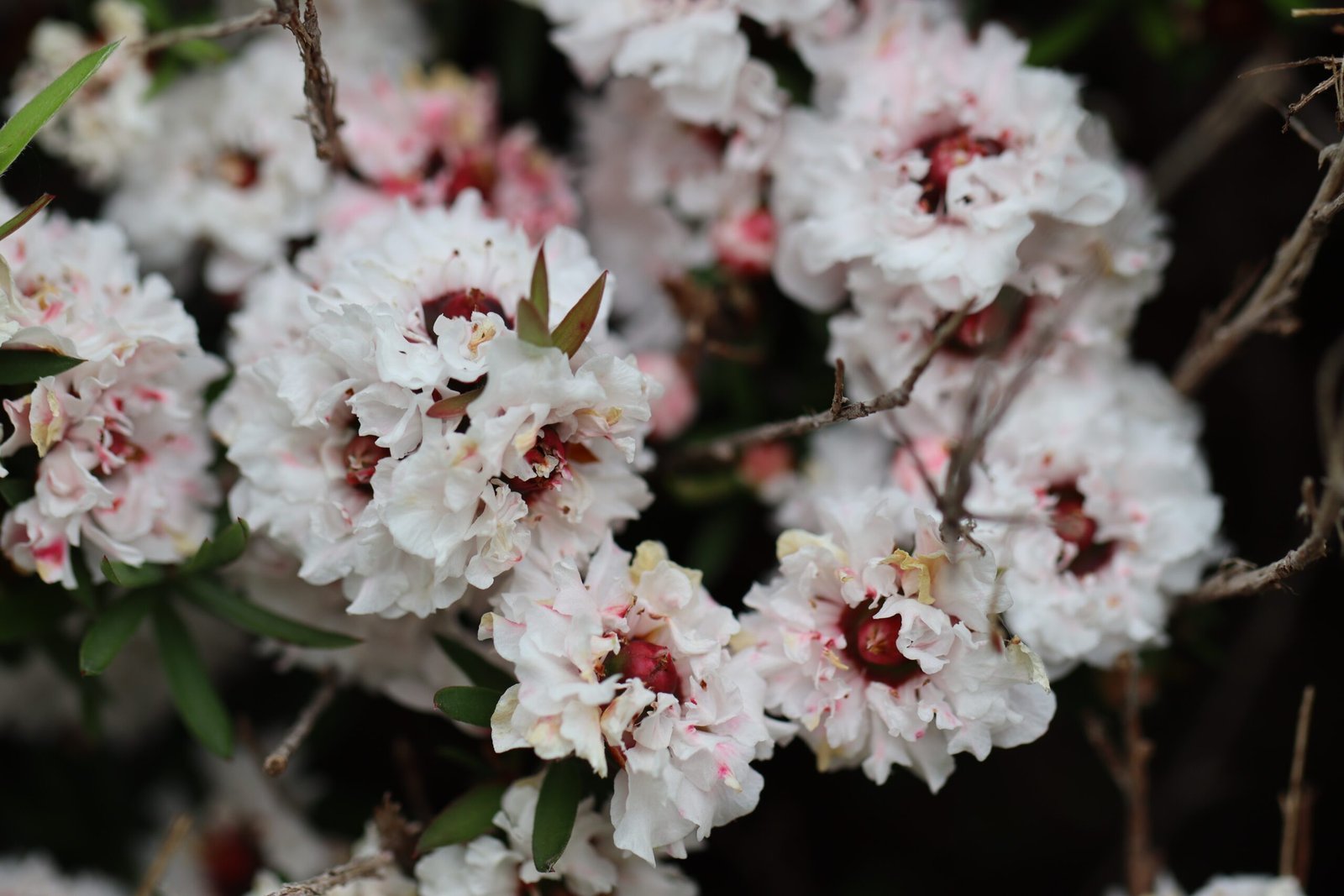
Manuka is celebrated worldwide for its honey, but the plant itself has even more to offer. Māori healers have long used its leaves and bark in infusions to treat fevers, wounds, and respiratory problems. Modern science has backed these uses, showing that manuka contains potent antibacterial and antifungal properties. Planting manuka in your garden brings not only the promise of honey but also a living resource for natural healing—ready to soothe skin infections, colds, and even boost immunity.
Rongoā Gardens: Connecting People and Land
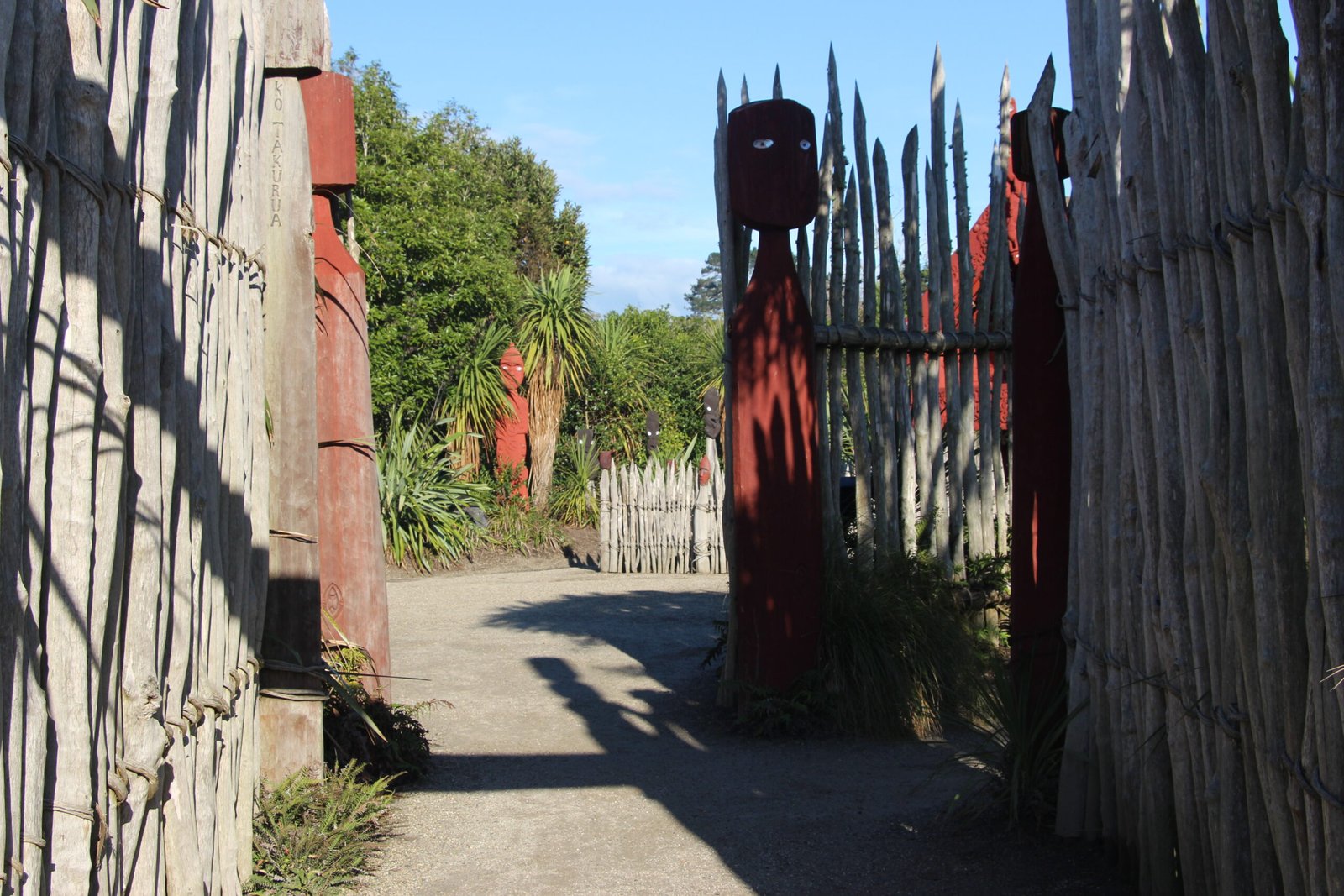
A Māori wellness garden is not just about the plants—it’s about the people who tend them and the land that sustains them. These gardens are designed with deep respect for whakapapa (genealogy) and kaitiakitanga (guardianship), fostering a sense of responsibility and connection. For many, working in the garden is a form of therapy, reducing stress and offering a peaceful refuge from daily life. By growing and using native medicinals, communities are reclaiming knowledge, strengthening cultural identity, and nurturing both body and soul.
Building Your Own Wellness Garden: Getting Started
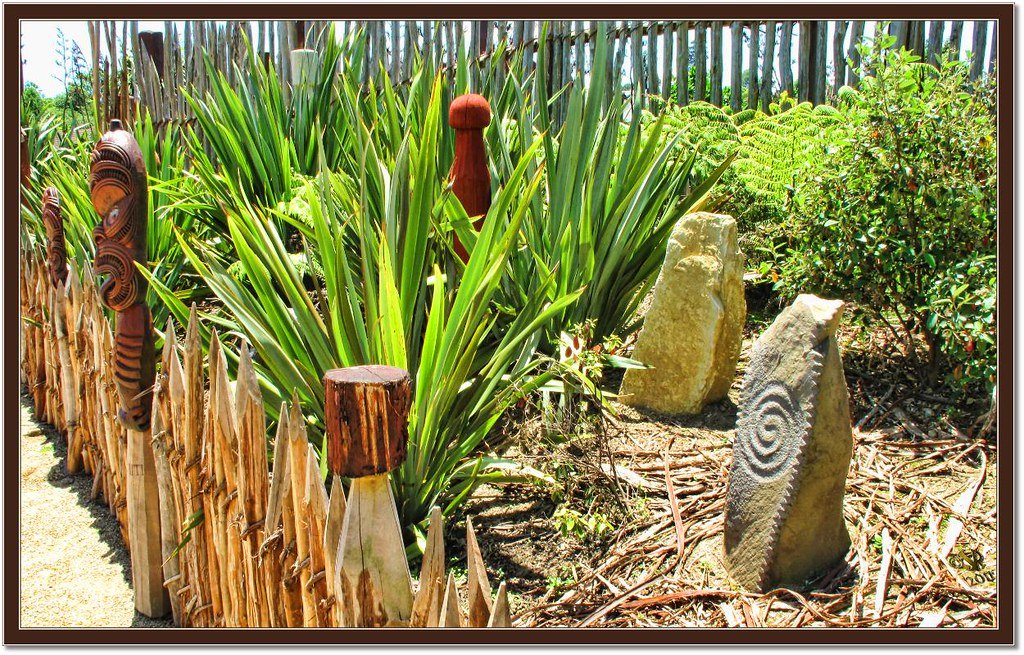
Starting a Māori medicinal garden is a journey that begins with curiosity and respect. Choose a sunny spot in your yard or even a few pots on a balcony. Seek out native plants like harakeke, kawakawa, koromiko, and manuka from local nurseries, and learn about their growing needs. Remember, these plants thrive best when cared for with patience and mindfulness—mirroring the values at the heart of rongoā. Involve your family or community, and take time to observe, listen, and learn from the plants as they grow.
Gardening for the Senses: More Than Just Medicine
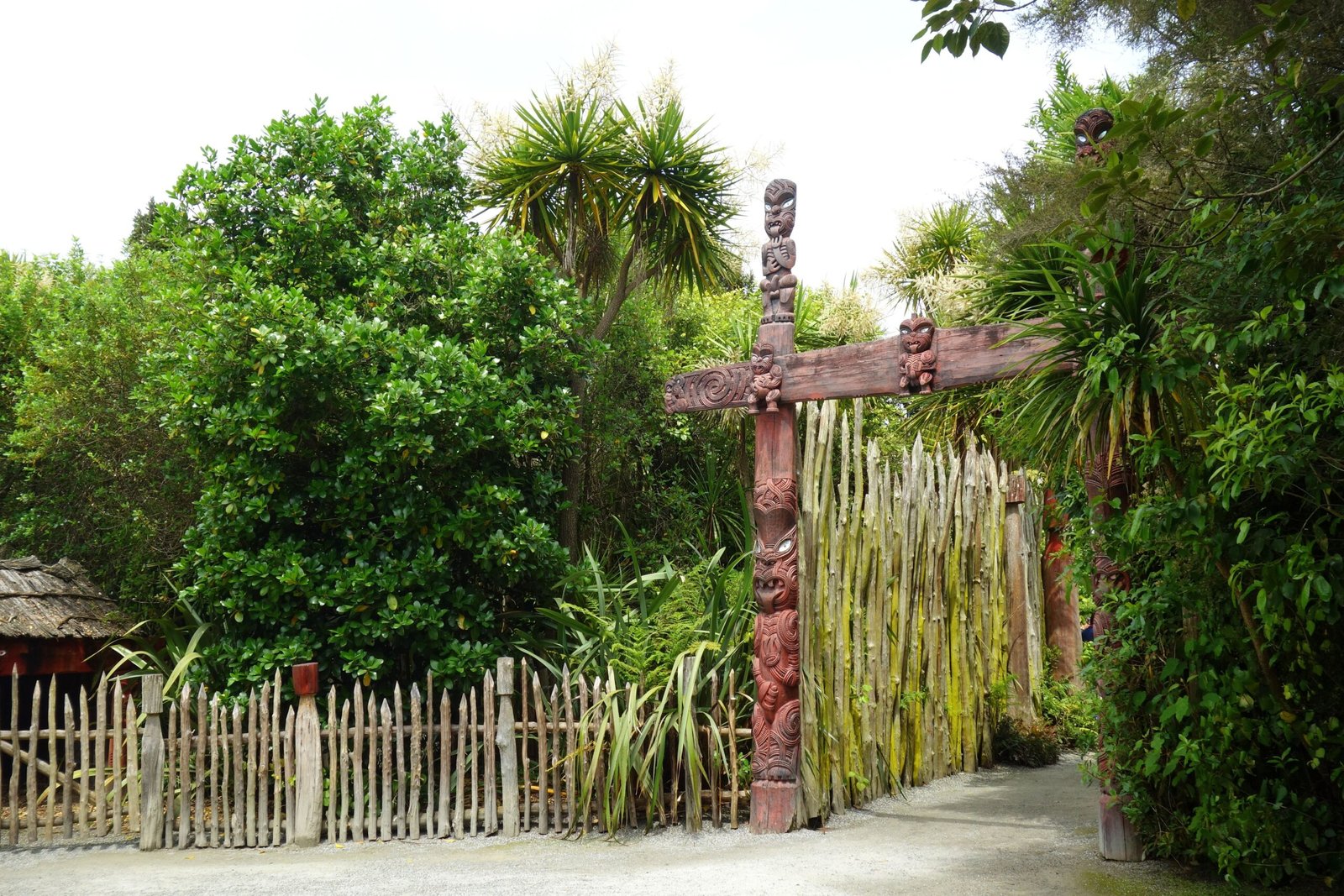
Māori wellness gardens are designed to stimulate all the senses. The scent of crushed kawakawa leaves, the rustle of harakeke in the wind, the vibrant hues of koromiko flowers—all create an immersive experience that uplifts the spirit. Gardening becomes a mindful act, drawing you into the present moment and nurturing a sense of gratitude. These sensory delights remind us that true wellness is about more than just physical health; it is about feeling alive, connected, and inspired.
Science and Tradition: A Powerful Partnership
The intersection of science and Māori tradition is where some of the most exciting discoveries happen. Researchers continue to investigate the unique compounds found in native plants, confirming many traditional uses and even finding new applications. For example, the antimicrobial qualities of manuka honey have sparked global interest, while studies of kawakawa show promise for treating inflammation. This partnership shows that ancient wisdom and modern research are not in conflict—they are two halves of a powerful whole.
Nurturing the Next Generation
Wellness gardens offer a hands-on way to teach children about plants, health, and their heritage. Kids can help plant seeds, watch the cycles of growth, and learn the names and uses of native species. These experiences spark curiosity and respect for nature, while passing on vital knowledge. As children ask questions and make discoveries, they become part of the living story of rongoā, ensuring that these traditions continue to thrive for generations to come.
The Future of Māori Wellness Gardens
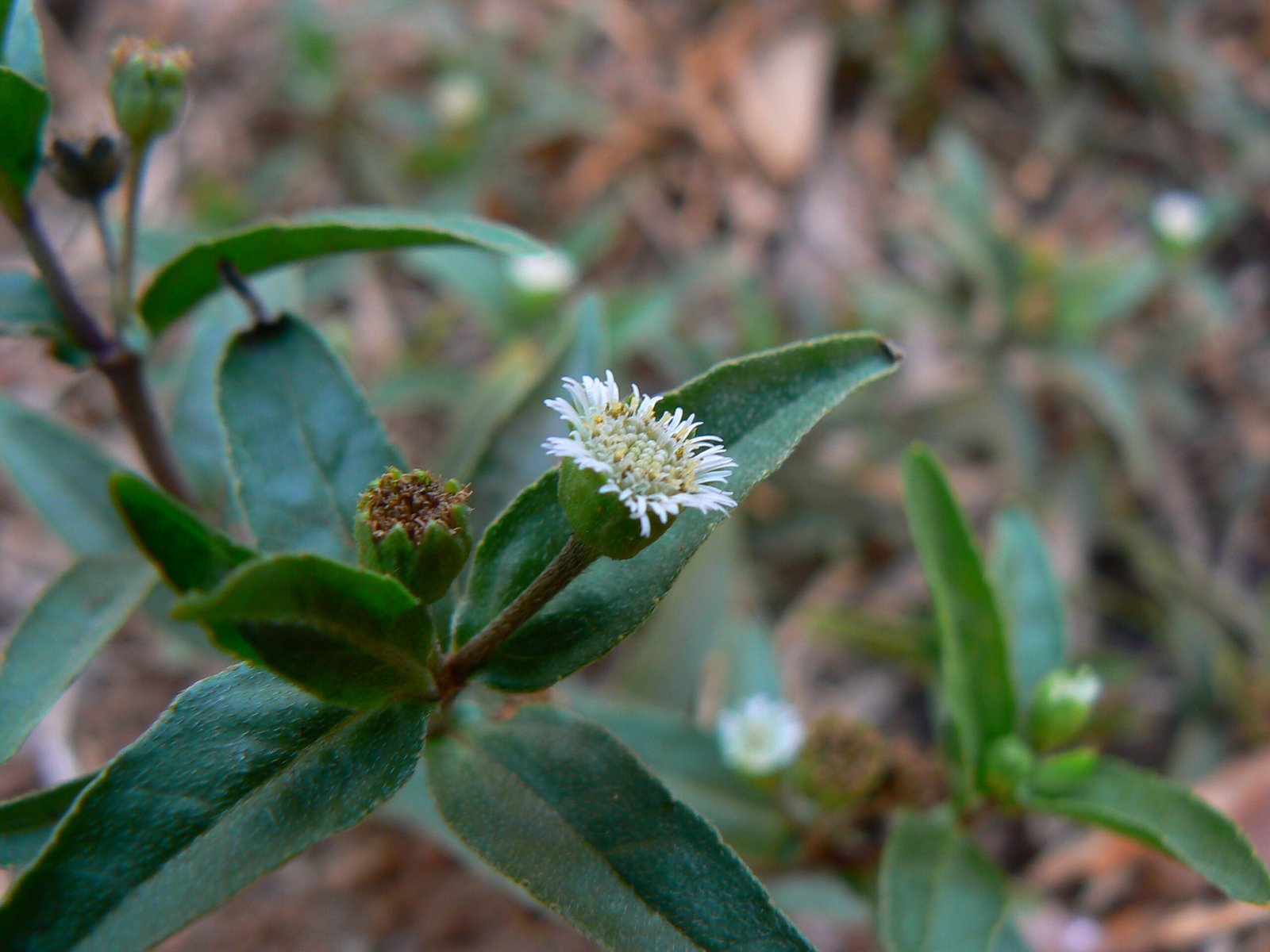
Interest in Māori medicinal plants is blossoming, with wellness gardens appearing in schools, hospitals, and public spaces. These initiatives are not just about health—they represent a movement toward cultural revitalization, sustainability, and environmental stewardship. As more people discover the wonders of rongoā, these gardens are helping to bridge the gap between past and future, tradition and innovation. Each new garden planted is a step toward a healthier, more connected world—one rooted in the wisdom of the land.
Wellness gardens rich with Māori medicinals invite us to see the world with new eyes—to touch, taste, and heal alongside the plants that have nourished people for centuries. What stories might your own garden grow?

